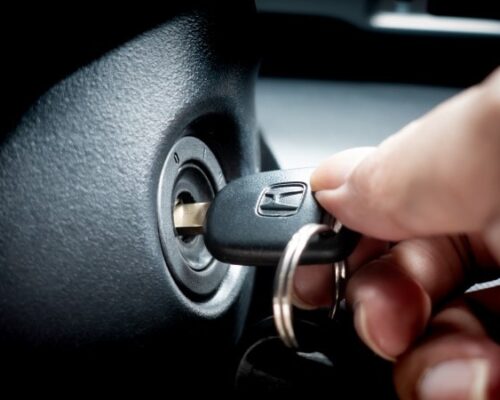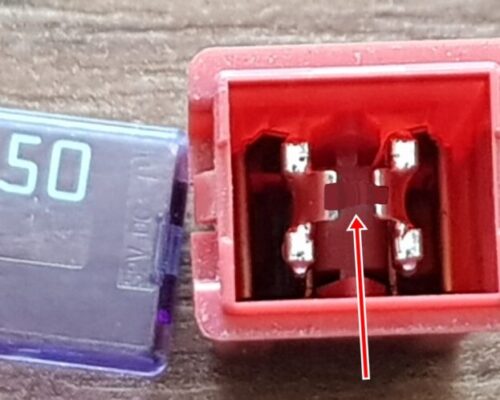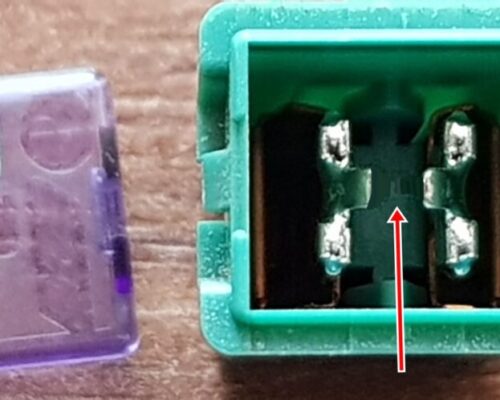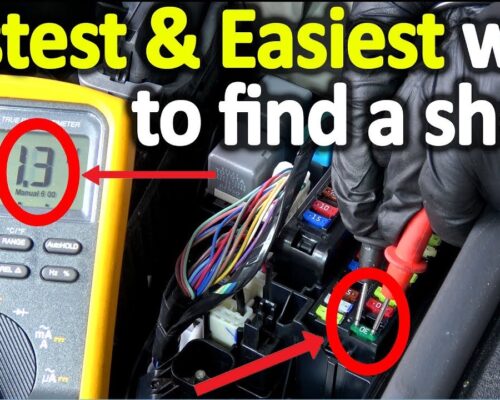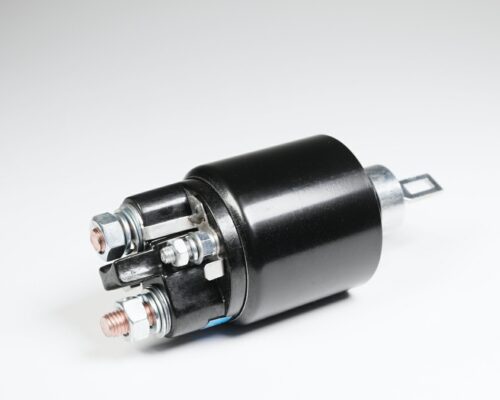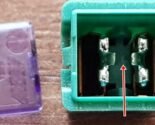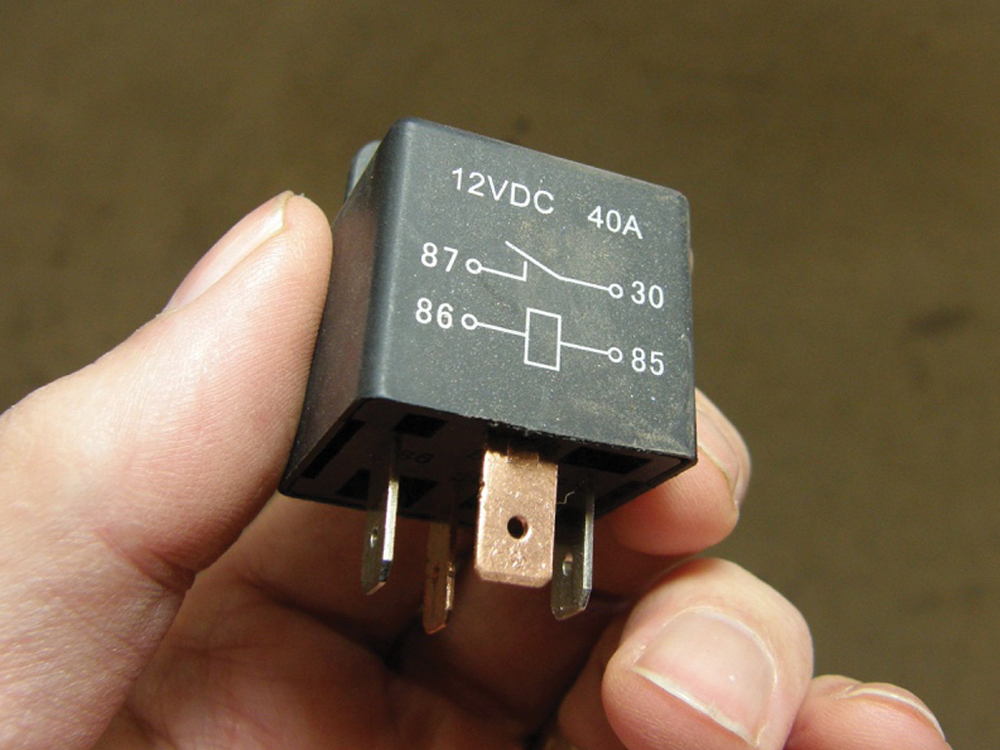
How To Tell If A Relay Fuse Is Blown?
Relays are switches that open and close circuits electromechanically or electronically. A fuse is a device used to protect against overcurrent in an electrical circuit. When a fuse blows, it interrupts the flow of current in the circuit.
This prevents damage to the circuit by preventing further current from flowing. There are several ways to tell if a relay fuse is blown.
- Inspect the relay fuse to see if it is blown
- If the fuse is blown, replace it with a new one
- Test the relay by activating it and seeing if it works properly
How To Check For a Blown Fuse
How Do You Check a Relay Fuse?
If your car has a relay fuse, it’s important to know how to check it. A relay fuse is typically located in the engine bay, near the battery. To check it, first disconnect the negative terminal of the battery.
Then, using a test light or multimeter, check for continuity between the two terminals on the fuse. If there is no continuity, then the fuse is blown and needs to be replaced.
How Do You Know If a Relay is Working?
A relay is an electrically operated switch that can be used to control a circuit using a low-power signal. Relays are commonly used in automotive applications to control accessories such as lights and fans. They can also be used in industrial applications to control machinery or process equipment.
There are two main types of relays: electromagnetic and solid state. Electromagnetic relays use an electromagnet to operate the switch, while solid state relays use semiconductor components to control the switch.
When testing a relay, it is important to first identify which type of relay it is.
This will determine the best way to test the relay.
If the relay is an electromagnetic type, it can be tested by applying power to the coil and checking for continuity between the contacts. If there is continuity, then the relay is working correctly.
If there is no continuity, then the relay may be defective and should be replaced.
If the relay is a solid state type, it can be tested by applying power to the terminals and checking for resistance between them. If there is resistance, then the relay is working correctly.

Credit: www.youtube.com
How to Tell If a Relay Fuse is Blown Without a Multimeter
If you have a relay fuse that needs to be checked, but don’t have a multimeter handy, there are still a few ways that you can tell if the fuse is blown.
One way to check is to see if the wire inside the fuse is melted or broken. If so, then the fuse is definitely blown and will need to be replaced.
Another way to check is to hold the fuse up to a light source. If you can see through the glass of the fuse, then it’s probably still good. However, if the filament inside is burned out or disconnected, then the fuse is blown.
Another quick way to test a relay fuse without a multimeter is by using a battery and some jumper wires. First, disconnect one end of the fused circuit from ground. Then connect one lead of the battery to this end of the circuit and touch the other lead ofthe battery brieflytothe other endof themeltedwire insideofthefuseholder—but don’t let it stay in contact for more than afew seconds!
Ifthefuseisgood,you shouldbeabletohearitclick asitcloses;ifit’sblown,youwon’t hearanythinghappen.
How to Check a Relay Fuse
When a relay fuse blows, it’s usually because there’s too much current flowing through the circuit. To check if this is the case, you’ll need a multimeter.
First, disconnect the power to the relay.
Then, remove the cover from the relay and locate the terminals that are connected to the coil. On most relays, these will be labeled “85” and “86.”
Next, set your multimeter to read resistance (ohms) and touch one probe to each of the terminals.
If the reading is infinite, then the coil is open and needs to be replaced. If the reading is zero or close to zero, then there may be a short in another part of the circuit.
How to Tell If a Relay is Bad With a Multimeter
How to Tell If a Relay Is Bad with a Multimeter
When your car’s engine is cranking, the starter motor is drawing a lot of current. That current has to go through the starter relay to get to the starter solenoid.
If there’s something wrong with the relay, it can prevent that current from flowing and cause your engine not to start.
Luckily, you can test whether or not a relay is working using a multimeter. With just a few minutes and this handy tool, you can find out if your starter relay (or any other kind of relay) is bad and needs to be replaced.
Here’s how:
First, locate the relay in question. On most cars, the relays are located in the fuse box under the hood.
Once you’ve found it, remove it from its socket so you can access the terminals on it.
Next, set your multimeter to read ohms and touch one probe to each terminal on the bottom of the relay (the ones that are facing down when it’s plugged in). You should see continuity between these terminals – that is, they should be connected electrically and showing a low resistance reading on your multimeter.
If there is no continuity or if the reading is high, that means there’s something wrong with either those terminals or with the coil inside the relay itself. Either way, replace the relay with a new one.
How to Test a Relay
When testing a relay, the first thing you need to do is identify which type of relay it is. There are two main types of relays: electromechanical and solid state. Electromechanical relays have moving parts, while solid state relays do not.
Once you know what type of relay you’re dealing with, you can proceed with testing it. For an electromechanical relay, you’ll need to check the coil resistance and make sure there is continuity between the contacts. If the coil resistance is too high or there is no continuity between the contacts, the relay will need to be replaced.
To test a solid state relay, you’ll need to check the input voltage and current against the specifications for the relay. If everything checks out, then yoursolid state relay is working properly!
How to Fix a Relay Fuse
A fuse is designed to protect your home’s wiring from overloading and short circuits. If a circuit overloads, the fuse will “blow,” or disconnect, stopping the flow of electricity. This protects both your home and appliances from damage.
If a fuse blows, you’ll need to replace it with a new one of the same size and amperage. To do this:
1. Turn off the power to the circuit at the breaker box.
2. Remove the blown fuse by unscrewing it from its socket.
3. Insert a new fuse of the same size and amperage into the socket and screw it in place.
4. Turn on the power at the breaker box and test the circuit to make sure it’s working properly.
If a Relay Clicks is It Bad
If a relay clicks, it’s not necessarily bad. It could just mean that the contacts are dirty and need to be cleaned. You can clean the contacts with a contact cleaner or by sanding them lightly with sandpaper.
How to Test a Relay With a Battery
If you want to test a relay to see if it’s working, you can do so with a battery. First, identify the two terminals on the relay. One is typically marked with a “+” sign, and the other is typically marked with a “-” sign.
You’ll also need to identify which terminal on the relay corresponds to the input and which terminal corresponds to the output.
To test the relay, connect one end of your battery to the input terminal and the other end of your battery to the output terminal. If the relay is working properly, then you should see a voltage drop across the terminals when you connect them.
How to Test a Relay 4 Pin
Relays are devices that allow a low voltage circuit to control a high voltage circuit. They are commonly used in automotive applications to control things like headlights, horn, and other accessories. Most relays have four pins: two for the coil, one for the normally open (NO) contact, and one for the normally closed (NC) contact.
In order to test a relay, you will need an ohmmeter or multimeter.
To test the coil of the relay, disconnect it from any power source and connect your ohmmeter/multimeter to the two terminals of the coil. The meter should read continuity between the two terminals.
If there is no continuity, then the coil is bad and needs to be replaced.
To test the NO contact, connect one lead of your meter to ground and touch the other lead to each of the three remaining terminals on the relay one at a time. The meter should read infinite resistance when touching either terminal of the coil and zero resistance when touching either of the NO or NC contacts.
If this is notthe case thenthe particularcontact isbadandneeds toreplaced.
Finallyto testthe NCcontactconnectoneleadofyourmeter togetherewiththeleadfromthesourcevoltage(battery+in mostcases).Connecttheotherleadofthemeter tothenoisycontactoftherelay(itwill usuallybetheoneoppositeoftheoneyou just testedforNO).
Themetershouldreadzero resistancewhenconnectedtotheNC contactbutinfiniteresistancewhentestinganyoftheotherterminals(coilorNO).
Conclusion
If you’re wondering how to tell if a relay fuse is blown, there are a few things you can check. First, look at the fuse itself and see if it’s discolored or charred. If so, this is a sign that the fuse has been blown.
Secondly, check to see if the metal tab on the side of the fuse is bent. This is another indication that the fuse has been blown. Finally, try testing the continuity of the circuit by using a multimeter.
If there’s no continuity, then it’s likely that the relay fuse is indeed blown.


